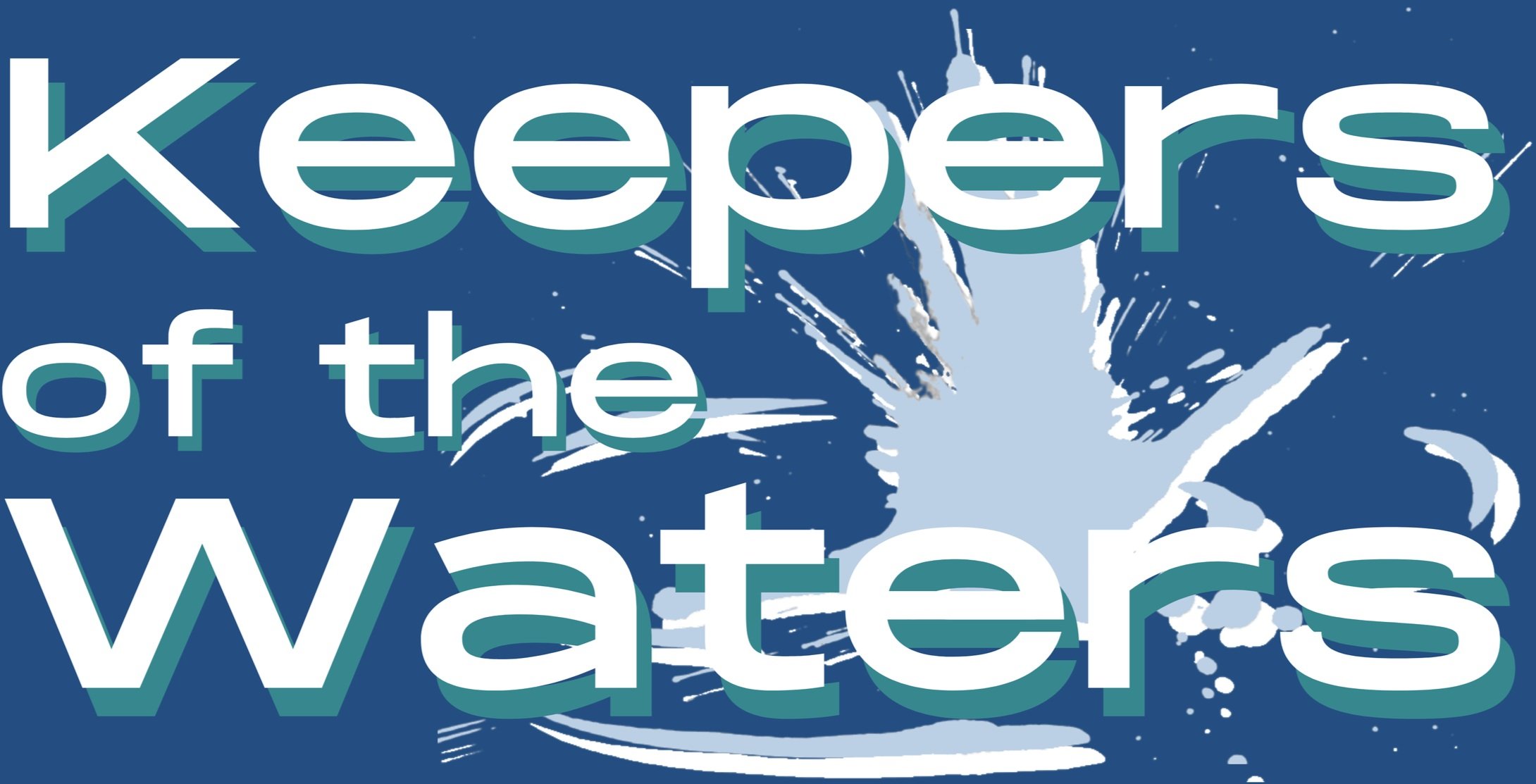reSources: Saving Living Systems
The team: Lacuo Zha, Betsy Damon, Brock Dolman, our translator and our driver. Lacuo, a well-known Tibetan filmmaker and producer, is my partner on the project to document the water culture and begin eco solutions for wastewater and energy. Brock Dolman, Director of the Water Institute at Occidental Arts and Ecology Center and a permaculture expert, added tremendous knowledge about eco systems and added élan. In our jeep we were three languages and three cultures with Gong Ling as our ever-challenged translator.
In twenty days we covered 5000k visiting water sites, villages and cities by horse back, hiking and having the five us crammed into a jeep. I do not remember many paved roads. On the way we were jostled and jerked over high passes and navigated hairpin turns. We passed through ancient villages, herds of yaks in their summer meadows, and nomads, as we avoided colliding with the large blue, red and green trucks careening toward their destinations. We slept on roofs, talked and ate with the head of villages, lamas and city officials. We visited every water system we could (and then some!) and we were graciously received everywhere we went - including a dread-locked lama who protects the eco-systems/head waters in the valley below the cave where he has lived for 23 years.
There is a growing awareness
of maintaining the eco-systems in Tibet.
We documented our travels with photography, film and video, took a GPS reading for every ‘sacred’ water site that we found and discussed ecology with villagers and monks. We were shown that there are integrated water systems that have been used for centuries. These systems supply irrigation to crops, power wheels to mill barley and turn prayer scrolls, and now these same churning waters also provide electricity on a micro scale. There is a growing awareness of maintaining the eco-systems in Tibet, but we also noticed that there were no wastewater treatment systems in any town, city or village and very little garbage collection. We discussed these issues constantly with our Tibetan partners while visiting amazing headwaters of rivers and small water sources in villages. At one monastery we spent the morning doing a clean up with the young monks who did not yet understand what was and was not “garbage”. But, once they understood, they were extremely enthusiastic about picking up every scrap of plastic that was strewn on the banks.
A beautiful example of DIY garbage awareness was demonstrated by our partnered media artist, Lacuo. She would laugh frequently as she started to pocket garbage, creating bulges in her pants. Few out here realize that plastic is toxic. Often it is used as a prayer and placed in a small stream and held in place by a rock. We were scolded at one nunnery for trying to pull this plastic prayer out from under the rocks. But, any water site that is considered essential for the health of that community is vigorously protected and celebrated. Only twenty years ago almost everything used was biodegradable, and so there was no reason to worry about the consequences of throwing out scraps of refuse. Clearly they are on the cusp of a change. The water culture is everywhere and informs the very foundation of living. Now is the time to bring an awareness of integrated sustainable solutions in the face of globalization, and the extraction of the resources.
We spent the final five days in Chengdu meeting and talking with numerous environmental activist organizations and NGOs, and then we tearfully said our very reluctant good byes. Our first next step is to fund training programs to initiate wastewater systems in villages and monasteries and we have identified a village and monastery that is willing to be model in how these systems can work. We are also making a book and DVD.
Thank you again to all of you who have supported this project! Your help has been deeply appreciated!
Betsy Damon

